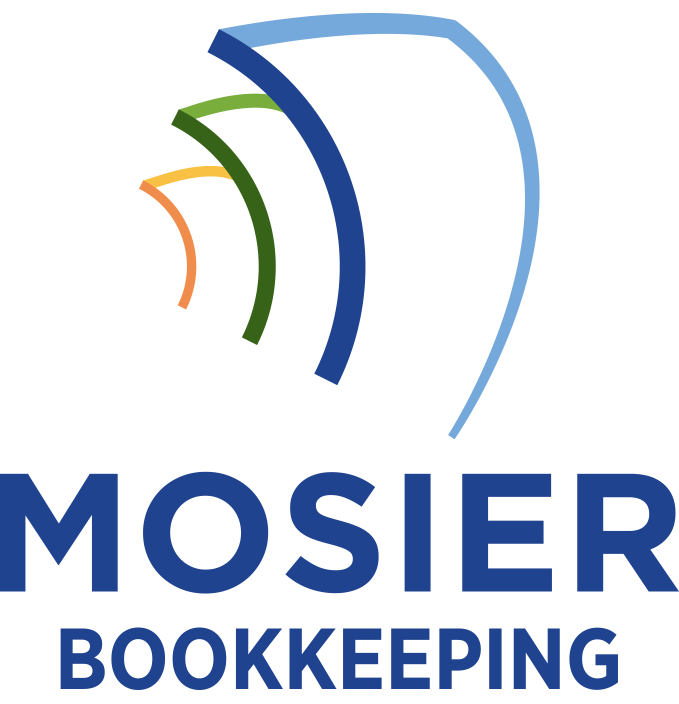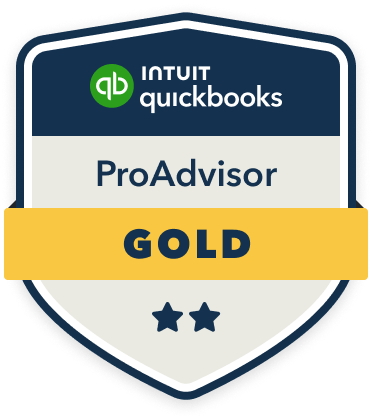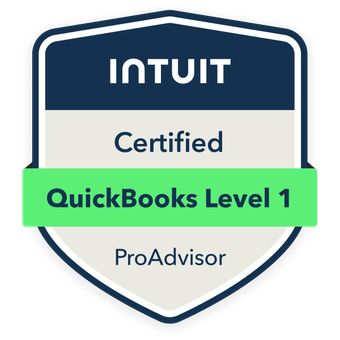To set up a proper bookkeeping system, you’ll need to choose between cash-basis or accrual accounting methods, establish dedicated business bank accounts, and implement reliable accounting software like QuickBooks or Xero. I recommend creating a structured chart of accounts, maintaining meticulous daily transaction records, and following systematic monthly reconciliation processes. These foundational elements will guarantee accurate financial tracking and help you make data-driven business decisions. The following steps will transform your financial management approach.
Choose the Right Accounting Method for Your Business

When starting your small business bookkeeping system, selecting the appropriate accounting method serves as a critical first step that will impact all future financial record-keeping.
I’ll explain your two primary options: cash-basis or accrual accounting. With cash-basis, I record transactions only when money changes hands – simple but limited. In accrual accounting, I record transactions when they occur, regardless of payment timing – more complex but thorough.
For businesses under $25 million in annual revenue, I recommend starting with cash-basis accounting. You can switch to accrual later as your business grows or if you need more sophisticated financial insights for investors or lenders.
Set Up Essential Business Bank Accounts and Records
After selecting your accounting method, the next fundamental step involves establishing proper separation between personal and business finances. Opening dedicated business accounts creates a clear financial boundary and strengthens your professional credibility.
Establish these critical financial foundations:
- Business checking account – Commands authority with vendors and establishes your enterprise’s independent financial identity
- Business savings account – Empowers strategic cash reserve management and emergency fund building
- Business credit card – Leverages your purchasing power while creating a precise audit trail
Maintain meticulous documentation of all transactions through these accounts, ensuring complete control over your financial narrative and compliance requirements.
Select and Implement Bookkeeping Software

Modern bookkeeping software represents a critical investment for streamlining your financial operations and maintaining accurate records. I recommend evaluating top platforms like QuickBooks, Xero, or FreshBooks based on your business’s scale and complexity. Focus on key features: automated bank reconciliation, invoice generation, expense tracking, and financial reporting capabilities.
Choose software that integrates with your existing business tools and offers robust security measures. I’ve found that cloud-based solutions provide superior accessibility and automatic backups. Once selected, commit to thorough staff training and establish clear protocols for data entry, reconciliation schedules, and backup procedures.
Create a Chart of Accounts and Filing System
A well-structured chart of accounts serves as the foundation for organizing your business’s financial transactions and records. I recommend creating distinct categories for assets, liabilities, equity, income, and expenses, then establishing subcategories tailored to your specific operations.
For effective financial control, implement these critical filing components:
- Digital folders with hierarchical structures matching your chart of accounts
- Standardized naming conventions for all financial documents
- Cloud-based backup systems with encrypted security protocols
Remember to maintain separate files for tax documents, bank statements, and receipts. This systematic approach empowers you to make data-driven decisions and guarantees audit readiness.
Establish Daily and Monthly Bookkeeping Routines

I’ll help you establish effective bookkeeping routines by breaking down both daily transaction tracking and monthly reconciliation processes. Your daily routine should include recording all financial transactions, categorizing expenses and income, and maintaining digital or physical copies of receipts within 24 hours. Monthly tasks will encompass reconciling bank statements, reviewing accounts payable and receivable, and conducting thorough checks for accuracy in your financial records.
Daily Transaction Recording Steps
Recording daily transactions forms the foundation of effective small business bookkeeping. I’ve found that maintaining meticulous records requires a systematic approach to encapsulate every financial movement in your business operations.
- Record all cash receipts, credit card transactions, and bank transfers immediately using your chosen accounting software – this gives you real-time control over your cash flow.
- Categorize each expense and revenue item according to your chart of accounts – mastering this organization guarantees tax compliance.
- Reconcile daily totals against your POS system and bank statements – this verification process safeguards your financial interests.
These steps establish your command over business finances.
Monthly Reconciliation Best Practices
While daily transaction tracking establishes strong financial foundations, monthly reconciliation processes transform raw data into actionable insights. I recommend allocating dedicated time on your calendar to review bank statements, credit card reports, and outstanding invoices against your books.
Compare every transaction, resolve discrepancies, and categorize items correctly. I’ve found that reconciling accounts payable, accounts receivable, and payroll records guarantees accuracy and compliance. Track your cash flow patterns, review financial ratios, and analyze budget variances. This systematic approach will give you precise control over your business’s financial health and enable strategic decision-making based on verified data.
Track Key Financial Metrics and Reports
I’ll show you how to monitor your business’s financial health through three critical tracking methods. First, you’ll need to check your cash flow daily to maintain adequate working capital and prevent potential shortfalls. Additionally, I recommend analyzing essential financial statements (income statement, balance sheet, and cash flow statement) and tracking key performance indicators like gross profit margin, accounts receivable turnover, and operating cash ratio to make data-driven decisions.
Monitor Cash Flow Daily
To maintain healthy business finances, you must monitor cash flow metrics and financial reports on a daily basis. Tracking your cash position empowers you to make data-driven decisions and prevent cash shortfalls before they occur.
I recommend monitoring these critical daily metrics:
- Operating cash balance across all accounts
- Outstanding accounts receivable aging and collection status
- Upcoming accounts payable obligations and payment timing
Essential Financial Statement Analysis
Regular analysis of financial statements provides critical insights into your business’s fiscal health and performance trends. I’ll help you master three essential statements: your income statement reveals profitability, the balance sheet shows your assets versus liabilities, and the cash flow statement tracks money movement.
Focus on key performance indicators (KPIs) like gross profit margin, current ratio, and accounts receivable turnover. I recommend analyzing these metrics monthly to identify patterns and make data-driven decisions. Create a dashboard to monitor your debt-to-equity ratio, working capital, and operating expenses. These metrics will empower you to optimize operations and drive strategic growth.
Key Performance Indicators Usage
Successful businesses rely on tracking several key performance indicators (KPIs) to maintain financial control and drive growth. I’ll help you identify and monitor the most critical metrics for your business’s success.
Your essential KPIs should include:
- Gross profit margin – measures your core profitability and pricing power
- Operating cash flow – reveals your ability to fund operations and expansion
- Accounts receivable turnover – indicates how efficiently you’re collecting payments
I recommend tracking these metrics monthly using your accounting software’s dashboard features. Set specific targets for each KPI and analyze trends to make data-driven decisions that maximize your business’s financial performance and market position.
